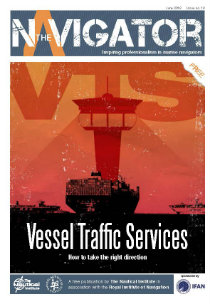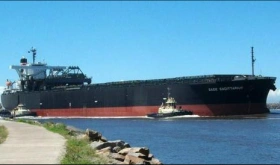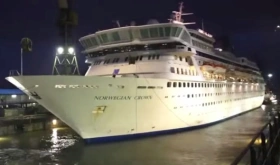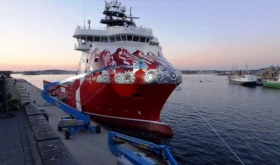This month Eniram released a study regarding hull fouling. Increased regulations and fuel prices are forcing operators of all vessel types to tackle inefficiencies in their operations. Hull fouling is a key contributor to higher fuel consumption. According to the study depending on the coating applied to a vessel, the financial impact of operating in areas with a high risk of developing fouling can be up to $500,000 a year for a single cruise vessel.
Eniram analyzed the effect of the build-up of fouling on cruise vessels traversing different sea areas. With access to vessel performance data from over 60 cruise ships and 38,000 operative sea-days, complemented with temperature and salinity databases, Eniram was able to compare and contrast data across different legs as well as consider the impact of hull cleaning and dry docking over the same period.
The study results reveal the high levels of fouling faced by the industry and in particular indicates the considerable differences in fouling build-up between cruising areas, with the Caribbean causing on average the most fouling and the Alaskan area the least.
Monitoring of ship’s fouling helps customers to distinguish the potential fuel impact of different anti-fouling coating systems sailing in different seas and what impact cleaning strategies have on vessel performance over time. Similar Eniram studies are being planned in the future to bring more concrete examples of the costs of untimely cleaning and study the effects of different in-water cleaning techniques and coating systems to hull fouling.
Source: Eniram














Good info, from our analysis on hull and propeller performance, using the CASPER Service, the average Aframax tanker can save 4 tons of fuel per day from a gentle cleaning of the vertical sides, simply removing slime and light marine growth… ‘your mileage may vary:) ‘